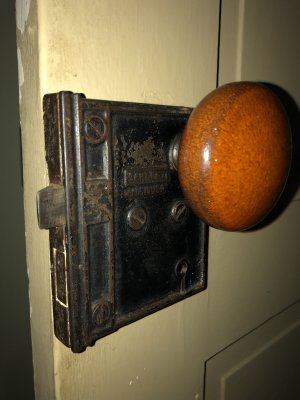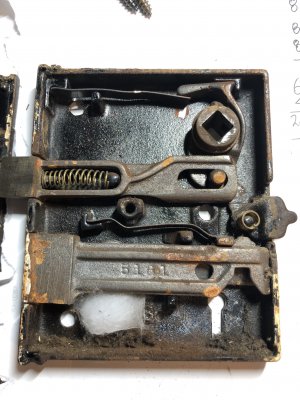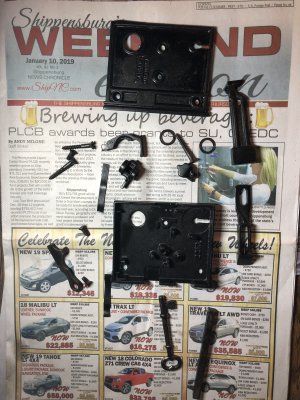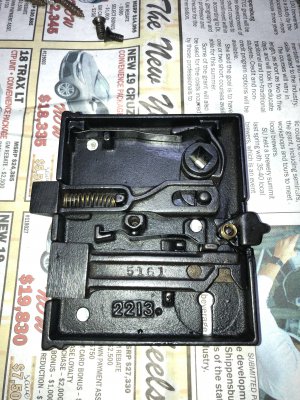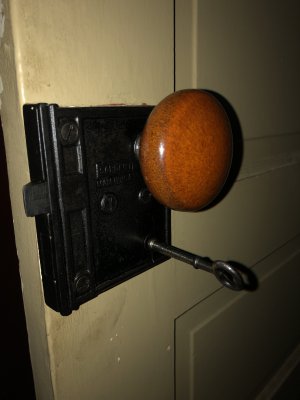- Joined
- Jan 20, 2018
- Messages
- 5,886
The hearth under my wood burning stove is 1/4 HR plate with a beautiful hard black mill scale. It has never been treated in any way.We recognize a mad mixture of all these oxides, including magnetite as mill scale. A fresh mill scale is hard, and protective, and if sealed, can be attractive, but if left to itself, it will rust through and fall off. The stuff is quite useful, until you want to weld on it or machine it.

